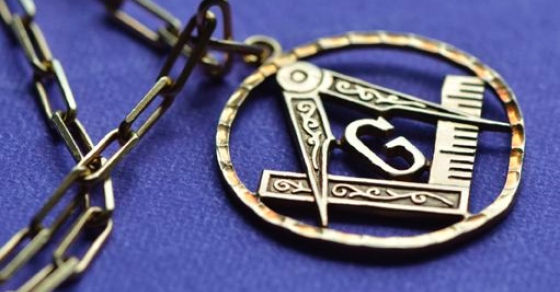An Overview of American Freemasonry
- Ken White D.E.O., 59 District. 10.2.1999
- Jun 26, 2021
- 4 min read
A lecture from our Australian Brother on American Freemasonry

AMERICAN - that is, United States - Freemasonry, though basically the same as the Craft around the world, has a number of differences that may confuse an overseas visitor. It is not realized by many that there are vast differences not only between different jurisdictions but even between each Grand Lodge - as in Europe. Here follows some of the main differences.
There are three mainstream lines in American freemasonry; the Symbolic or Blue (Craft) lodges; the collection of Concordant bodies that include the York Rite and Scottish Rite (Rose Croix); and Appendant bodies, some of which (O.E.S.) are female-oriented but related to a male mason. Membership of all these bodies requires good standing in a Craft lodge. There is no Grand Lodge of America. Every state has its own Grand Lodge and Laws vary substantially with regard to certain basics such as the age of admittance, amount of learning between degrees, fees, membership requirements, etc.…
Most masonic years end on the 31st. December. Members are given annual ‘Dues’ cards which serve as a sort of masonic passport accepted throughout the USA. A short membership (proving) test is often required when visiting a lodge where you are unknown; this isn’t difficult. The lodge is always opened, and all business conducted, in the third degree - Entered Apprentices and Fellowcrafts are not considered proper masons and may cannot even visit until they become Master Masons.
The Craft lodge work, although varying substantially from state to state, is still recognizable to foreign visitors. The signs are slightly different but should cause no embarrassment to visitors. Refreshments are usually more informal, without toasts. Most states ban alcohol from lodge buildings.
The other bodies cover the York Rite, the Capitulars, Cryptic, Templar, and Rose Croix masonic work. In the Capitulars degrees, the succession is Mark, Past Master, Most Excellent Master, and the Royal Arch degree. The latter being substantially different from English or Scottish working, although the storyline is about the same. The Cryptic degrees follow closely the English and Scottish working. The Templar work covers three orders: Red Cross, Malta, and Templar, in that succession. They are conferred in a commandary, not a preceptor.
The so-called Scottish Rite, which is loosely equivalent to the Ancient and Accepted Rite (Rose Croix) can pose the most difficulty for the visitor. Whereas the Australian version normally only confers the 18th., 30th, 31st, and 32nd degrees (the last two discreetly), in America all, from the 4th. to the 32nd. are worked regularly. There are around 700,000 Scottish Rite masons in the country. Scottish Rite is not Invitational as in Australia in fact application to join is actively encouraged and promoted. Generally, these degrees are worked on a stage - candidates can number anywhere from a couple of dozen to several hundred - with extremely elaborate and expensive costumes and scenery.
A candidate is chosen as the active one and the rest just follow along. The 33rd. the degree is conferred on a select, restricted few, normally every two years
The largest, and to a foreign visitor, the strangest of the Appendant bodies is the Shrine or Ancient Arabic Order of Nobles of the Mystic Shrine. Membership requires being in good standing in your Craft lodge, and you have to have gone through either the York or Scottish Rite. Current national membership is around 640,000 (Craft Membership being between two and three million).
The Shrine is a peculiarly American organization, which started in the late 1800s and has gone on to do tremendous work providing ‘Free Charity Children’s Hospitals’ - 22 of them - and Four State-of-the-Art Burns institutes. It’s basic Hospital Foundation has a capitalization of over Four Billion Dollars. Publicly the Shrine is best known for its elaborate parades with bands, fancy costumes, trick cars, clowns, etc. A Fez is its most prominent feature.
Nearly all Craft lodges meet throughout the year on a monthly or fortnightly basis. Regular meetings usually only cover business, with degrees conferred on special or ‘Called’ meetings. Most other orders usually meet monthly and not always during June, July, and August. Meetings generally ‘Tyle” at 7.30 pm., although occasionally degrees may be conferred at a Saturday breakfast meeting.
Much of American working is nearer to the English work of the 1700s than it is to the work of the Mother Grand Lodge of England of today. America has a magnificent 280-year masonic heritage that suits the American style, so do not be tempted to criticize the differences that you may observe. It has often been said that America grew with the Red, White, and Blue Flag; the little red schoolhouse, the little White Church, and the Blue Lodge.
If you are going to visit America and plan to visit some Lodges you will be well advised to consult the office of Grand Lodge who can give you guidance with your proposed trip.
However, be assured you will find a warm welcome waiting for you in American Freemasonry.
Ken White D.E.O., 59 District. 10.2.1999




Comments